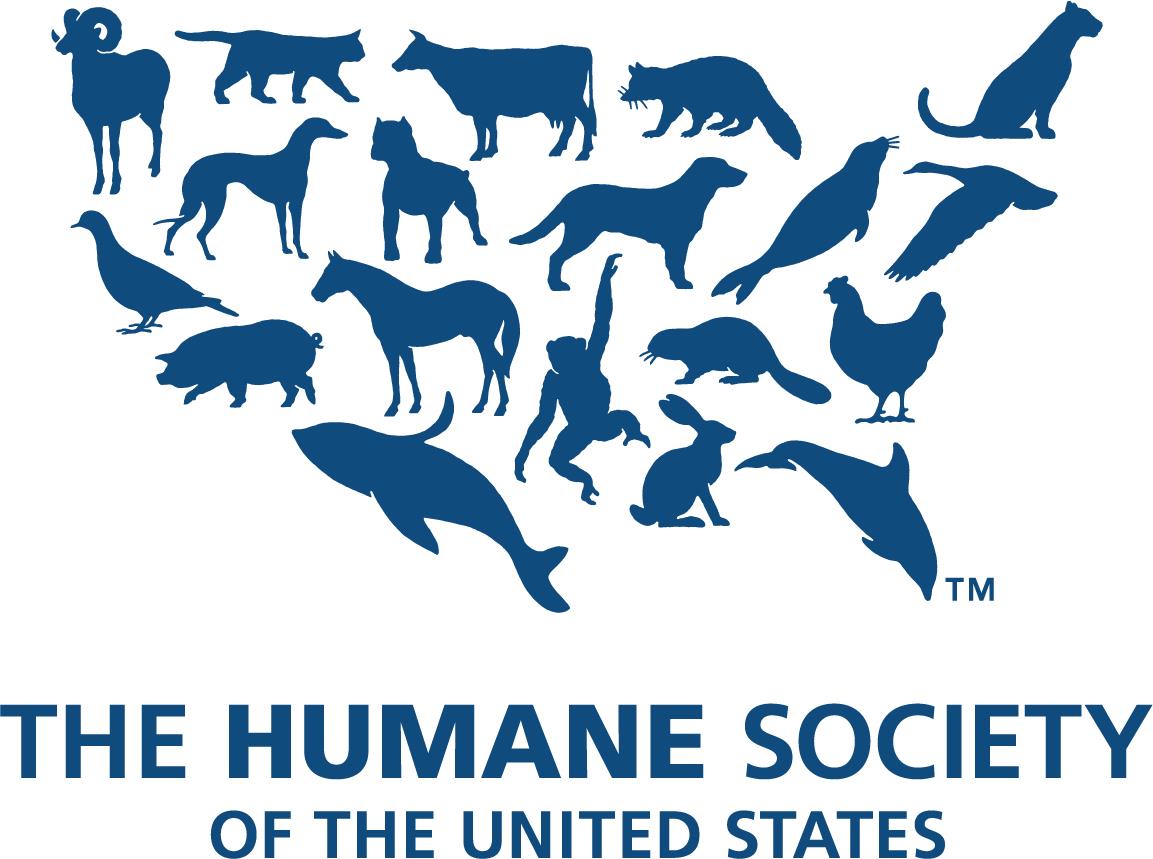If you are one of the few designers still using fur today, you might be interested in knowing the risks that tie the fur trade to the spread of Covid-19.
In May 2020, I wrote a piece for Refinery 29 highlighting the dangerous links between confining wild animals closely together and the spread of infectious diseases like Covid-19. At the time, much attention was focused on the wildlife markets in China where Covid-19 is said to have originated. However, a threat of comparable concern was emerging in the Netherlands, where mink on two fur farms tested positive for SARS-CoV-2, the virus that causes Covid-19 in humans.
Today, that number has exploded to more than 430 mink fur farms in 12 countries in Europe and North America, including 17 fur farms in the U.S. New outbreaks are still occurring around the globe, effectively making fur farms perpetual reservoirs for Covid-19. Once mink on fur farms are infected, the virus spreads like wildfire and mutates, which is why we can now track the mink variant in humans in Denmark, the Netherlands, Poland, Sweden and the U.S., as well as in wild mink found near fur farms in Oregon and Utah. Mink are the only species known to transmit the virus back to humans, outside the original source, but foxes and raccoon dogs have also tested positive for coronaviruses during previous SARS outbreaks.
All three species are killed solely for their fur and are common sights at Chinese wildlife markets.
In response to the looming threat, Denmark, Sweden and Italy have suspended mink breeding until 2022, and Belgium, Estonia and the Netherlands have ended fur farming completely. In addition, cities, states and whole countries are contemplating the banning of fur sales altogether. In 2021, Israel became the first country to do so and Ann Arbor, Michigan became the first Midwest city to approve a ban. The UK and several other U.S. cities and states are currently considering similar actions.
In 2018, I made the case for going fur-free on the CFDA’s website. It was already clear that consumers no longer considered fur fashionable or luxurious and that they wanted instead to align their wardrobes with their values. According to Boston Consulting Group, Gen Z luxury consumers care about animal welfare more than any other sustainability issue, and McKinsey & Company says the percentage of consumers who care about sustainability—including animal welfare—will double in the next five years and soar from 25 percent to 95 percent in a decade.
This is good news for fashion designers who embrace animal welfare and go fur-free. We have long known that the fur trade was cruel and an environmental nightmare, and our international arm’s investigations from 2019, 2020 and 2021 proved it, but now we can add public health risk to the bill of indictments. In the last few months, Valentino, Oscar de la Renta, Tory Burch, Alexander McQueen, Balenciaga, Canada Goose—along with luxury department stores Neiman Marcus, Saks Fifth Avenue and Holt Renfrew—have all gone fur free. And more announcements are coming even as the case against fur becomes stronger.
If you are already committed to not using animal fur, thank you! You are sparing so many animals from a life of great suffering and a painful death, and encouraging the kind of innovation we are all going to benefit from in the future. If you think animal fur still has a future or want to kickstart your own transition to a future business model encompassing these concerns, we welcome the opportunity to discuss things and answer any questions you have. Either way, we would love to hear from you!
PJ Smith is director of fashion policy for the Humane Society of the United States.



